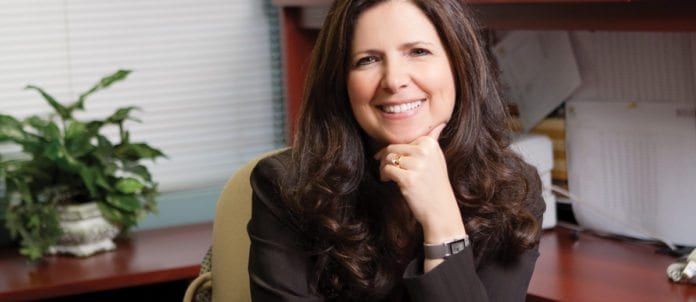Whether you run a huge kitchen or a small restaurant, we can all find new ways to do less damage to our planet
For the past several years, concern for the environment has become the hottest flashpoint in consumer and business circles. But with the current economic downturn on everyone’s mind, one wonders if the progress made to date can be sustained? Will operators ‘s” forced to slash costs at every corner ‘s” suddenly put environmental initiatives on the back burner?
It’s hard to discount how far the industry has come in recent years. Whether we’re talking about recycling, reducing or reusing initiatives, LEED-inspired restaurant design or promoting the benefits of eco-cuisine, restaurants are finally committing time, energy and money to ensuring their businesses are sustainable.
Chefs are fuelling much of the change taking place in restaurants. They’re serving more environmentally friendly cuisine by purchasing local produce, opting for sustainable fish species or working closer than ever with farmers to produce food that fits with mandated practices and constantly pushing the envelope for change at every corner (see story Green Light Special’s on pg. 19).
As noted environmentalist Dr. David Suzuki states in his foreword in the recently launched cookbook A Good Catch, ‘sœWe can make wise choices about what seafood we eat, and we can translate that care into action. By choosing to buy fish that are abundant, well managed and caught or farmed in ways that do not destroy the environment, we can make a difference. We can reduce the demand for fish that aren’s™t sustainable, we can put pressure on industries to do better, and we can tell governments that we want them to take care of these precious creatures and their habitat.’s   Â
It’s important to note that eco-initiatives are varied and not limited to upscale restaurants. The degree of greening an operator undertakes depends on a variety of factors. But whether you run a huge kitchen or a small restaurant, we can all find new ways to do less damage to our planet. Casual-dining restaurants and even some fast-food operators are taking up the green cause by purchasing hormone- and antibiotic-free beef, naturally raised meats, biodegradable products and trans-fat-free oils. On the design front, architects and designers are increasingly working together to produce LEED-inspired design.
Though locally grown foods and energy-saving products can often be more costly to purchase, the benefits gained by using them ensures we’re doing our part to reverse the harm to the environment that’s occurred over time. In the process, it can also help gain increased market share and kudos from your customers. And, contrary to popular belief, going green doesn’s™t always have to be expensive. As F&H writer Lesley Young says in this month’s Green Report (see pg. 26), Those who make a real commitment, and achieve a total integration (we’re talking changing staff behaviour), reap the most rewards.’s
There’s no time like the present to take action. Michael Oshman, executive director of the Boston, Mass.-based Green Restaurant Association, believes operators shouldn’s™t be fazed by the state of the North American economy. You could argue it’s the best time to [go green] because the one thing you can and do have control over is your own operating costs.’s
From farm to fork this industry has a vested interest in ensuring the green credo remains strong. As one of the world’s biggest culprits when it comes to producing waste (according to the NRA, restaurants use five times more energy per square foot than commercial buildings), it behooves every single person in this industry to try and affect change. Clearly, our fascination with all things green is more than a passing fad ‘s” it’s a new reality that’s here to stay in good times and bad. Operators who question whether or not they can afford to go green would be better served by asking themselves whether or not they can afford not to.
Visit rcaira’s blog at foodserviceandhospitality.com.



















